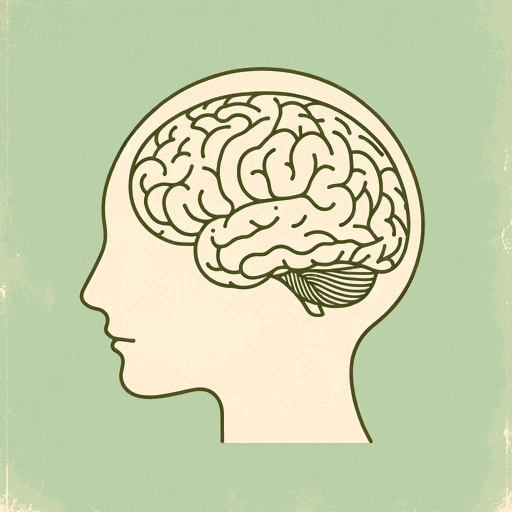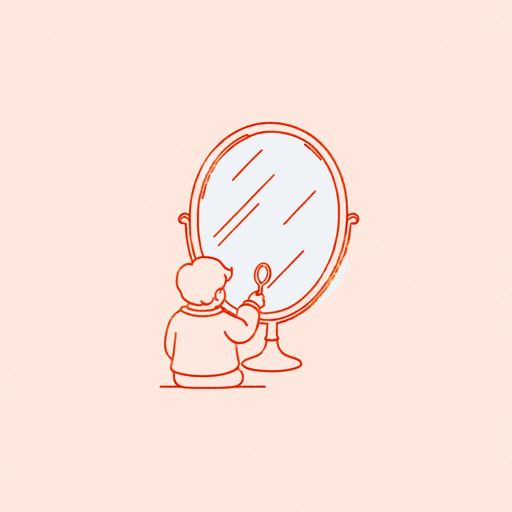62 pages • 2 hours read
Frances E. Jensen, Amy Ellis NuttThe Teenage Brain: A Neuroscientist's Survival Guide to Raising Adolescents and Young Adults
Nonfiction | Book | Adult | Published in 2014A modern alternative to SparkNotes and CliffsNotes, SuperSummary offers high-quality Study Guides with detailed chapter summaries and analysis of major themes, characters, and more.
Introduction-Chapter 2Chapter Summaries & Analyses
Introduction Summary: “Being Teen”
Jensen recalls her experience as a single mother of two teenage boys while also working as a professor of neurology and a clinician. When her son Andrew was 15 years old, she saw a change in his behavior. One day, Andrew announced he wanted red streaks in his hair, which he had already dyed black. Although dismayed, the author resisted criticizing her son. Instead, she offered to take Andrew to her hairdresser to have the streaks professionally applied. This was one of several incidents that motivated Jensen to discover more about the teenage brain. As a neurologist, she specialized in brain disorders and infant development. She realized that learning more about adolescent brains would help her sons navigate a difficult period in their lives.
Until recently, little was known about the unique features of the adolescent brain. Scientific research has mostly focused on brain development in children and changes in the elderly brain. Teenagers’ brains were assumed to be very similar to those of adults. However, recent research reveals significant differences in the functions and connectivity of the teen brain. It is also now known that the brain is not fully developed until a person reaches their mid-twenties.
Jensen argues that teenagers are often misunderstood because of their brain differences.


